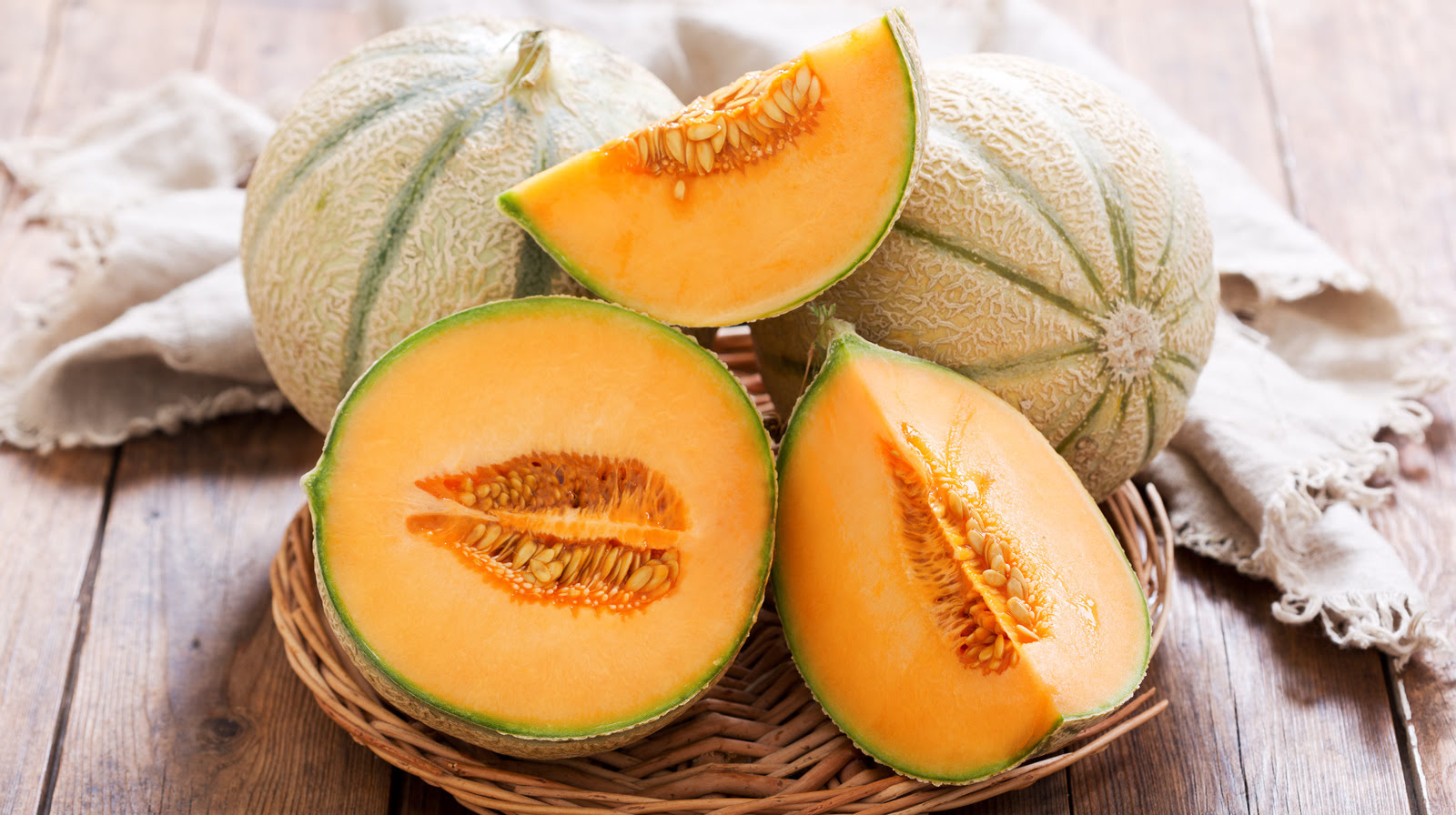

Articles
How To Store Cut Cantaloupe In Fridge
Modified: December 7, 2023
Learn the best method to store cut cantaloupe in the fridge and keep it fresh for longer. Read our informative articles now!
(Many of the links in this article redirect to a specific reviewed product. Your purchase of these products through affiliate links helps to generate commission for Storables.com, at no extra cost. Learn more)
Introduction
When it comes to enjoying delicious and refreshing cantaloupe, it’s important to know how to store it properly, especially once it has been cut. Proper storage not only helps maintain the freshness and taste of the fruit, but it also prolongs its shelf life, allowing you to enjoy it for longer periods of time.
Storing cut cantaloupe can be a bit tricky, as improper storage can cause the fruit to spoil quickly or lose its flavor and texture. However, with the right techniques, you can successfully store cut cantaloupe in the refrigerator and ensure that it remains fresh and delicious for days.
In this article, we will delve into the importance of storing cut cantaloupe properly and provide you with the best practices and step-by-step guide to help you store cut cantaloupe in the fridge. We will also share some useful tips and tricks for extending the shelf life of your cut cantaloupe, allowing you to enjoy this sweet and juicy fruit for as long as possible.
Key Takeaways:
- Properly storing cut cantaloupe in the fridge preserves its freshness, flavor, and texture, ensuring delicious and safe consumption. Follow best practices, utilize tips and tricks, and be mindful of storage duration.
- Understanding the importance of proper storage, best practices, and FAQs empowers you to enjoy cut cantaloupe at its best. Extend its shelf life, minimize wastage, and savor the sweet and refreshing fruit with confidence.
Read more: How To Store Cut Cantaloupe
Why is it important to store cut cantaloupe properly?
Properly storing cut cantaloupe is essential for several reasons. Firstly, it helps to maintain the freshness and flavor of the fruit. Cantaloupes are known for their sweet and juicy taste, but improper storage can cause them to become mushy, dull in flavor, and even spoil quickly. By storing cut cantaloupe properly, you can ensure that each bite remains as delicious as the first.
Furthermore, storing cut cantaloupe properly helps to extend its shelf life. Once a cantaloupe is cut open, it becomes susceptible to microbial growth, which can accelerate spoilage. By storing it in the refrigerator, you create a cooler and more controlled environment that slows down the growth of bacteria and molds, allowing the fruit to stay fresh for a longer period of time.
In addition to preserving its taste and prolonging its shelf life, proper storage also allows you to enjoy cantaloupe at your convenience. With cut cantaloupe readily available in your fridge, you can easily satisfy your cravings or incorporate it into your meals and snacks without the need for peeling, slicing, and preparing it each time. This convenience makes it easier to incorporate healthy and delicious fruit into your daily routine.
Lastly, storing cut cantaloupe properly is essential for food safety. Cantaloupes, like any other fruit, can become contaminated with harmful bacteria, such as Salmonella or E. coli. By storing cut cantaloupe in the refrigerator, you minimize the risk of bacterial growth, reducing the chances of foodborne illnesses.
In summary, storing cut cantaloupe properly is crucial to maintain its freshness, flavor, and texture, extend its shelf life, enjoy its convenience, and ensure food safety. With these considerations in mind, let’s explore the best practices for storing cut cantaloupe in the fridge.
Best practices for storing cut cantaloupe
Properly storing cut cantaloupe is the key to preserving its freshness and taste. Here are some best practices to follow:
- Choose ripe cantaloupe: Begin with selecting a ripe cantaloupe. Look for fruits that have a sweet aroma, a slightly soft skin, and a yellow or golden color on the rind.
- Wash your hands: Before handling the cantaloupe, make sure to thoroughly wash your hands with soap and warm water to reduce the risk of contamination.
- Sanitize your cutting tools: Clean your cutting board and knife with warm soapy water, or use a solution of one part bleach to nine parts water, to sanitize them before cutting the cantaloupe.
- Remove seeds and rind: Slice the cantaloupe in half and scoop out the seeds with a spoon. Then, use a sharp knife to remove the rind from each melon half.
- Cut into desired portions: Cut the cantaloupe into your preferred size and shape. It can be cubed, sliced, or scooped into melon balls.
- Use a clean container: Place the cut cantaloupe in a clean, airtight container that is the appropriate size for the amount of fruit you have. Glass or plastic containers with tight-fitting lids work well.
- Keep it separate: To prevent cross-contamination, store cut cantaloupe away from raw meats, poultry, and other potentially contaminating foods in the refrigerator.
- Label and date the container: It’s a good practice to label the container with the date of storage to keep track of its freshness. Cantaloupe is best consumed within 3-4 days.
- Store in the refrigerator: Place the sealed container of cut cantaloupe in the refrigerator at a temperature between 35°F and 40°F (1.7°C – 4.4°C). This cool temperature helps to slow down the growth of bacteria and maintain the fruit’s quality.
By following these best practices, you can ensure that your cut cantaloupe remains fresh, flavorful, and safe to consume. Now, let’s dive into a step-by-step guide to storing cut cantaloupe in the fridge.
Step-by-step guide to storing cut cantaloupe in the fridge:
Follow these simple steps to properly store cut cantaloupe in the refrigerator:
- Prepare the cantaloupe: Start by selecting a ripe cantaloupe and washing it thoroughly under running water. Pat it dry with a clean cloth or paper towel.
- Cut and remove the seeds: Slice the cantaloupe in half using a clean knife, and scoop out the seeds with a spoon. Remove the skin by cutting along the rind and peeling it away.
- Cut into desired portions: Cut the cantaloupe into your desired shapes and sizes. You can cube it, slice it, or scoop out melon balls using a melon baller.
- Place in an airtight container: Transfer the cut cantaloupe into a clean, airtight container. Glass or plastic containers with tight-fitting lids are ideal for keeping the fruit fresh.
- Label and date the container: Use a marker or label to mark the container with the date of storage. This will help you keep track of the freshness of the cut cantaloupe.
- Store in the refrigerator: Place the sealed container of cut cantaloupe in the refrigerator. Ensure the temperature is set between 35°F and 40°F (1.7°C – 4.4°C).
- Keep away from strong-smelling foods: Avoid storing the cut cantaloupe near strong-smelling foods, as it can absorb odors easily. A separate compartment or a designated area in the refrigerator is recommended.
- Consume within 3-4 days: Cut cantaloupe is best consumed within 3-4 days of storage. Beyond that, the quality may deteriorate, and the fruit can start to spoil.
By following these steps, you can properly store cut cantaloupe in the fridge and maintain its freshness for an extended period. However, if you notice any signs of spoilage such as an off smell or mold growth, it is best to discard the fruit.
Next, let’s explore some tips and tricks to help you extend the shelf life of cut cantaloupe even further.
Store cut cantaloupe in an airtight container or wrapped in plastic wrap in the fridge. It should be consumed within 3-4 days for the best quality.
Tips and tricks for extending the shelf life of cut cantaloupe
To maximize the shelf life of your cut cantaloupe and keep it fresh for as long as possible, consider implementing these helpful tips and tricks:
- Store it in the right spot: Place the container of cut cantaloupe in the coolest part of the refrigerator, usually the lower shelves or the crisper drawer. This helps maintain a consistent temperature and prevents the fruit from being exposed to warmer areas of the refrigerator.
- Do not rinse or wash: Avoid rinsing or washing the cut cantaloupe before storing it. Excess moisture can accelerate spoilage, so it’s best to keep the fruit dry until ready to consume.
- Use a paper towel: If your cut cantaloupe is particularly juicy, you can place a folded paper towel in the container to help absorb any excess moisture. This helps prevent the fruit from becoming soggy or mushy.
- Cover the container: Ensure the container is tightly sealed or covered with plastic wrap to prevent air exposure. This helps maintain the freshness and prevents the fruit from absorbing any odors from the refrigerator.
- Keep separate from ethylene-producing fruits: Cantaloupe is sensitive to ethylene gas, which is naturally produced by certain fruits like apples, bananas, and tomatoes. To prevent over-ripening, store cut cantaloupe away from these ethylene-producing fruits.
- Avoid cutting until ready to eat: To maintain the best quality, it’s recommended to cut the cantaloupe into portions just before you plan to eat it. This reduces exposure to air and helps to preserve its flavor and texture.
- Consider freezing: If you have more cut cantaloupe than you can consume within a few days, consider freezing it. Place the cut pieces in an airtight freezer bag and store in the freezer. Frozen cantaloupe can be enjoyed in smoothies, frozen desserts, or as a refreshing snack.
- Inspect for spoilage: Regularly check the cut cantaloupe for any signs of spoilage. If you notice any mold, sliminess, or an off odor, discard the fruit to avoid the risk of foodborne illness.
By following these tips and tricks, you can extend the shelf life of your cut cantaloupe and enjoy its fresh and delicious flavor for an even longer period. Now, let’s address some frequently asked questions about storing cut cantaloupe in the fridge.
Read more: How To Store Cut Lettuce In The Fridge
Frequently asked questions about storing cut cantaloupe in the fridge
Here are some common questions people have about storing cut cantaloupe in the fridge:
- Can I leave cut cantaloupe at room temperature?
- Can I store cut cantaloupe in a plastic bag?
- How long can I store cut cantaloupe in the fridge?
- Can I store cut cantaloupe in the freezer?
- Is it safe to eat cut cantaloupe that has turned slightly brown?
- Can I store cut cantaloupe with the seeds?
- What are the signs of spoilage in cut cantaloupe?
No, it is not recommended to leave cut cantaloupe at room temperature for an extended period. Room temperature promotes bacterial growth and accelerates spoilage. It’s best to store cut cantaloupe in the refrigerator to maintain its freshness and quality.
While you can store cut cantaloupe in a plastic bag, it may not offer the same level of protection as an airtight container. Plastic bags can allow air to circulate around the fruit, leading to faster spoilage. It’s best to opt for a sealed container to preserve the cut cantaloupe’s freshness.
Cut cantaloupe can be stored in the refrigerator for 3-4 days. However, it’s important to check the fruit for any signs of spoilage before consuming it. If you notice mold, an off odor, or a slimy texture, discard the cut cantaloupe.
Yes, you can store cut cantaloupe in the freezer if you have excess fruit that you won’t consume within a few days. Place the cut pieces in an airtight freezer bag and store them in the freezer. Frozen cantaloupe can be used in smoothies, frozen desserts, or enjoyed as a refreshing snack.
The browning of cut cantaloupe is a result of enzymatic browning, which is a natural process. While browning does not necessarily indicate spoilage, it may affect the taste and texture of the fruit. If the cantaloupe still looks and smells fresh, you can cut away the browned areas and consume the remaining fruit.
It is best to remove the seeds from the cut cantaloupe before storing it. The seeds can contribute to moisture and spoilage, so removing them helps to prolong the fruit’s freshness.
Signs of spoilage in cut cantaloupe include mold growth, a slimy texture, an off or foul odor, or a significant change in color or appearance. If you notice any of these signs, it is best to discard the cantaloupe to prevent the risk of foodborne illness.
By understanding these frequently asked questions and their answers, you can confidently store cut cantaloupe in the fridge and enjoy it at its best. Let’s wrap things up.
Conclusion
Properly storing cut cantaloupe in the fridge is essential to preserve its freshness, flavor, and texture for as long as possible. By following the best practices discussed in this article, such as choosing ripe cantaloupe, using clean cutting tools, and storing in airtight containers, you can ensure that your cut cantaloupe remains delicious and safe to consume.
Remember to keep the cut cantaloupe separate from ethylene-producing fruits, store it in the coolest part of the refrigerator, and consume it within 3-4 days for the best quality. If you have excess cut cantaloupe, freezing it can be a great option to enjoy it later in various culinary creations.
By implementing the tips and tricks mentioned, such as not rinsing the cut cantaloupe, using a paper towel to absorb excess moisture, and regularly checking for signs of spoilage, you can extend its shelf life and minimize wastage.
Ultimately, proper storage practices for cut cantaloupe not only help you enjoy this sweet and refreshing fruit at your convenience but also promote food safety by reducing the risk of bacterial growth and foodborne illnesses.
Now that you have a comprehensive understanding of how to store cut cantaloupe in the fridge, you can confidently enjoy this delicious fruit while making the most of its freshness and taste.
So, go ahead and savor the juicy goodness of cut cantaloupe, knowing that you have the knowledge to keep it fresh and delightful for as long as possible.
Frequently Asked Questions about How To Store Cut Cantaloupe In Fridge
Was this page helpful?
At Storables.com, we guarantee accurate and reliable information. Our content, validated by Expert Board Contributors, is crafted following stringent Editorial Policies. We're committed to providing you with well-researched, expert-backed insights for all your informational needs.
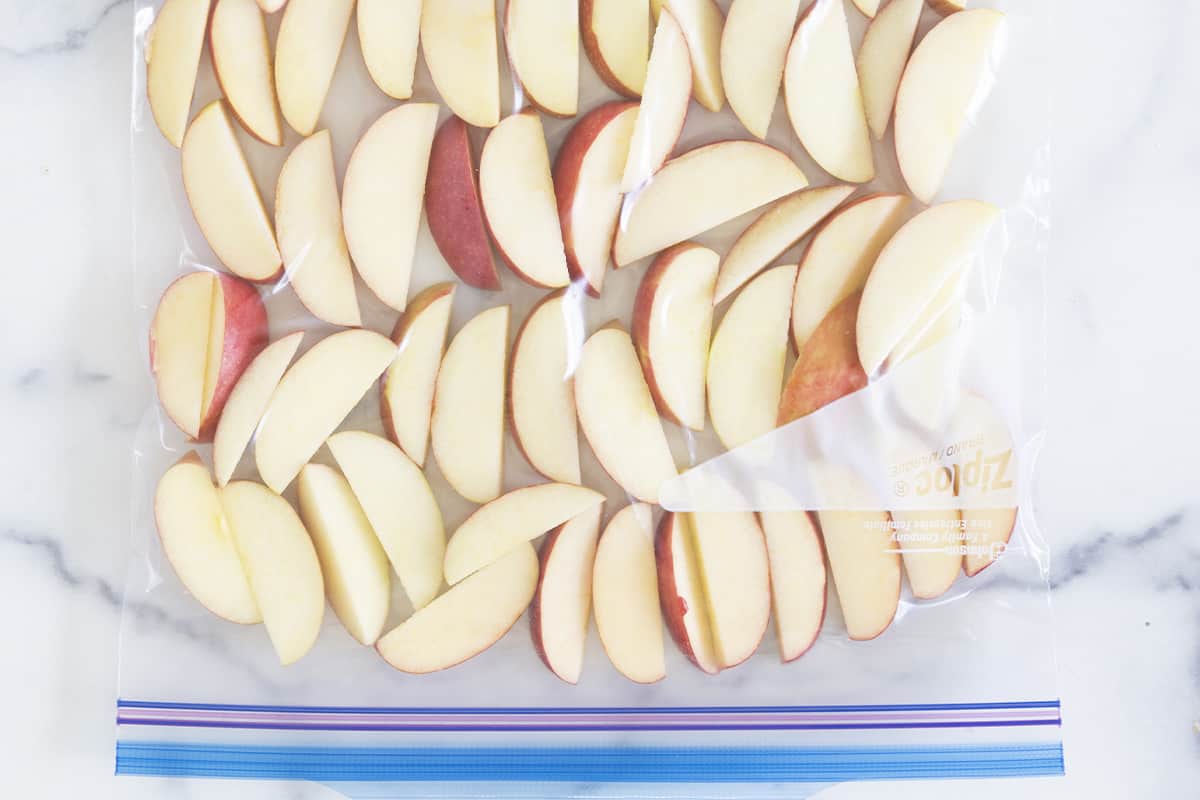
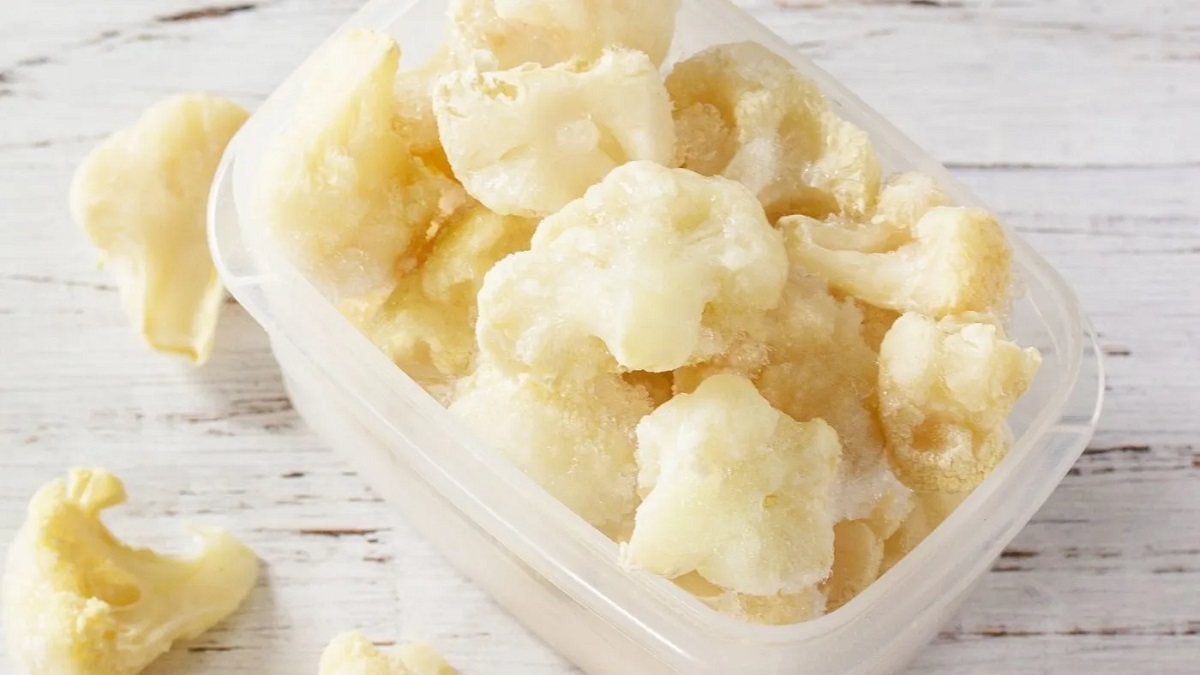
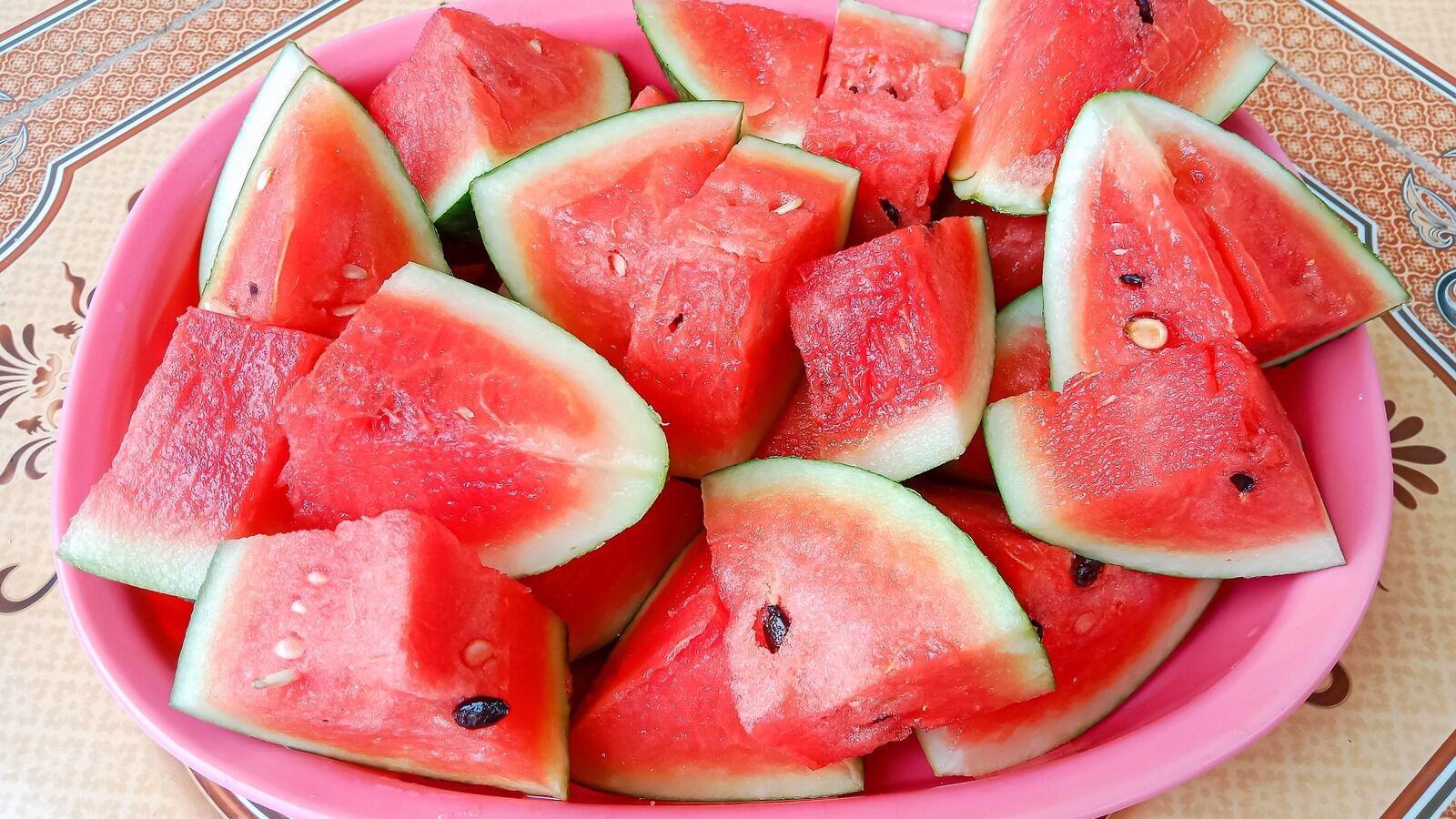
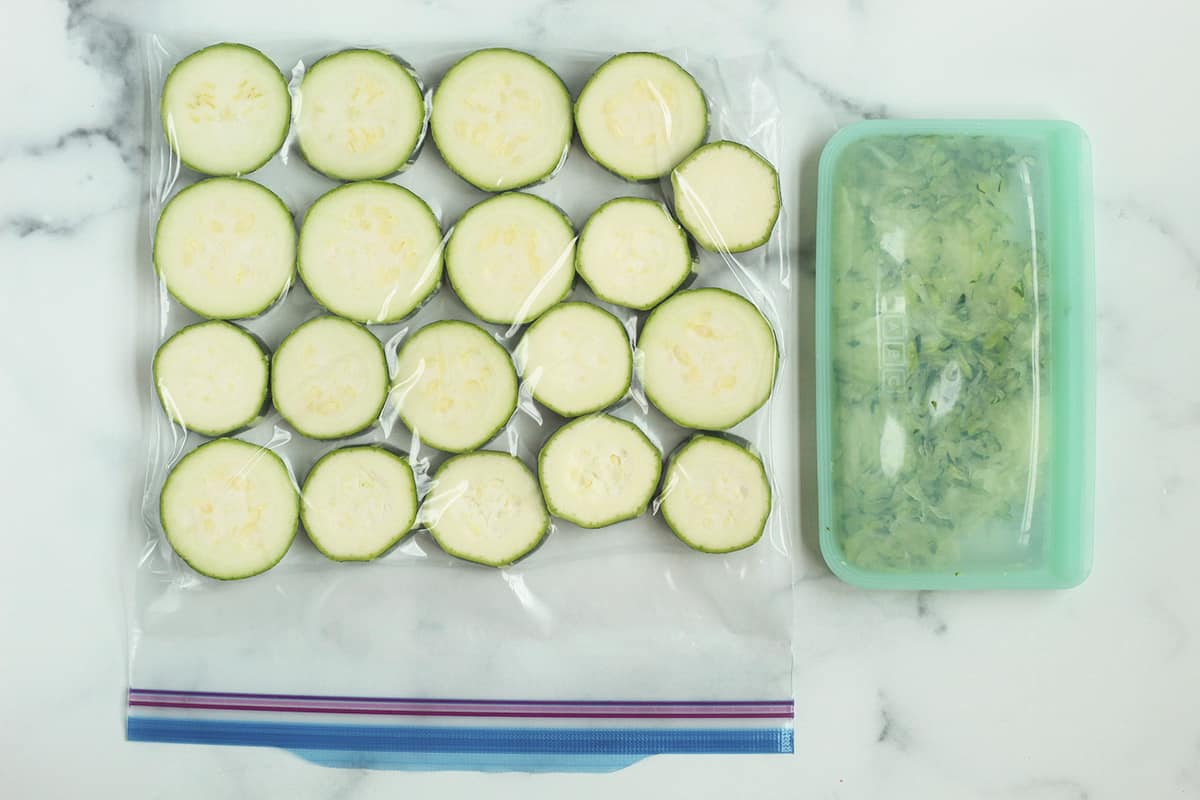
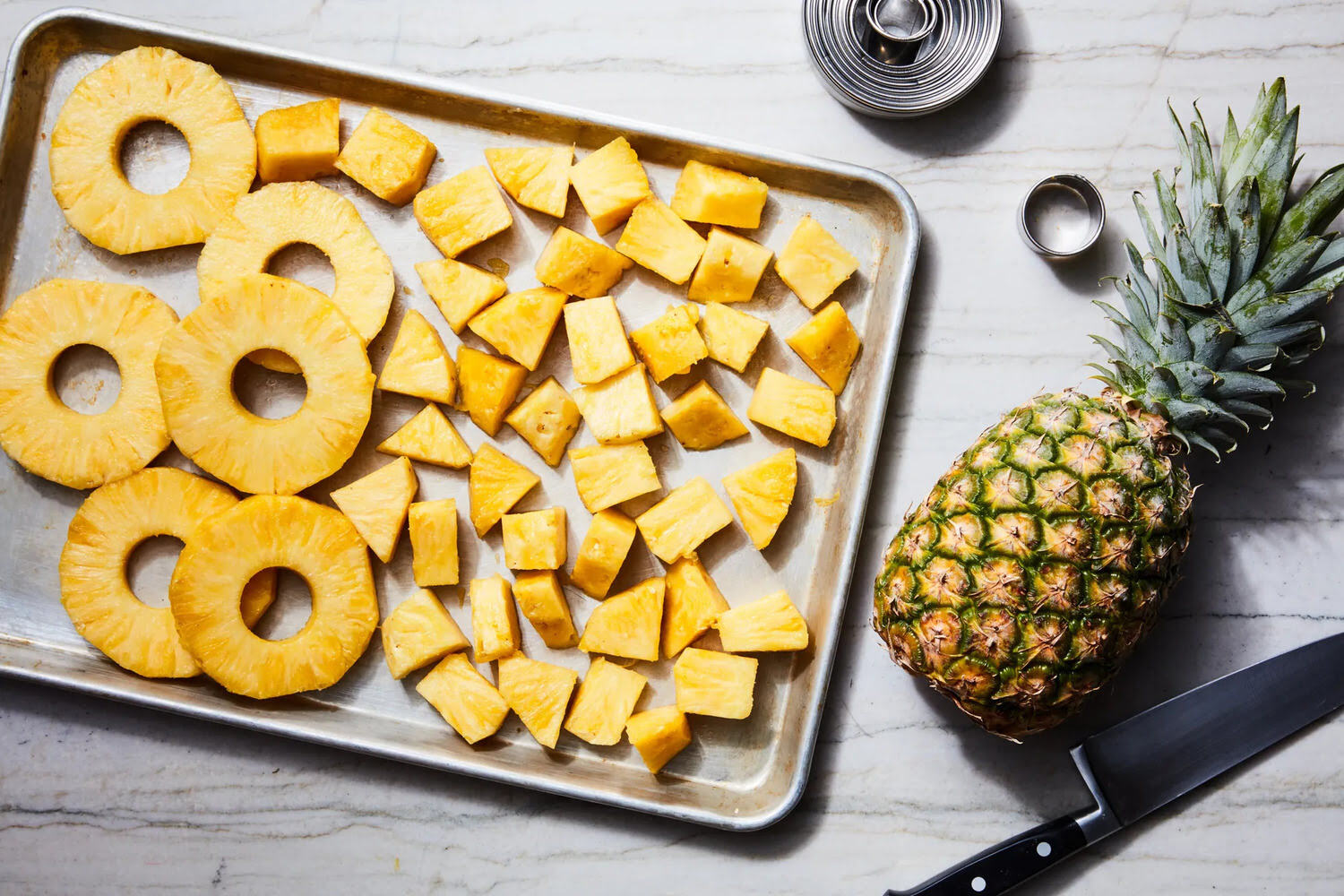
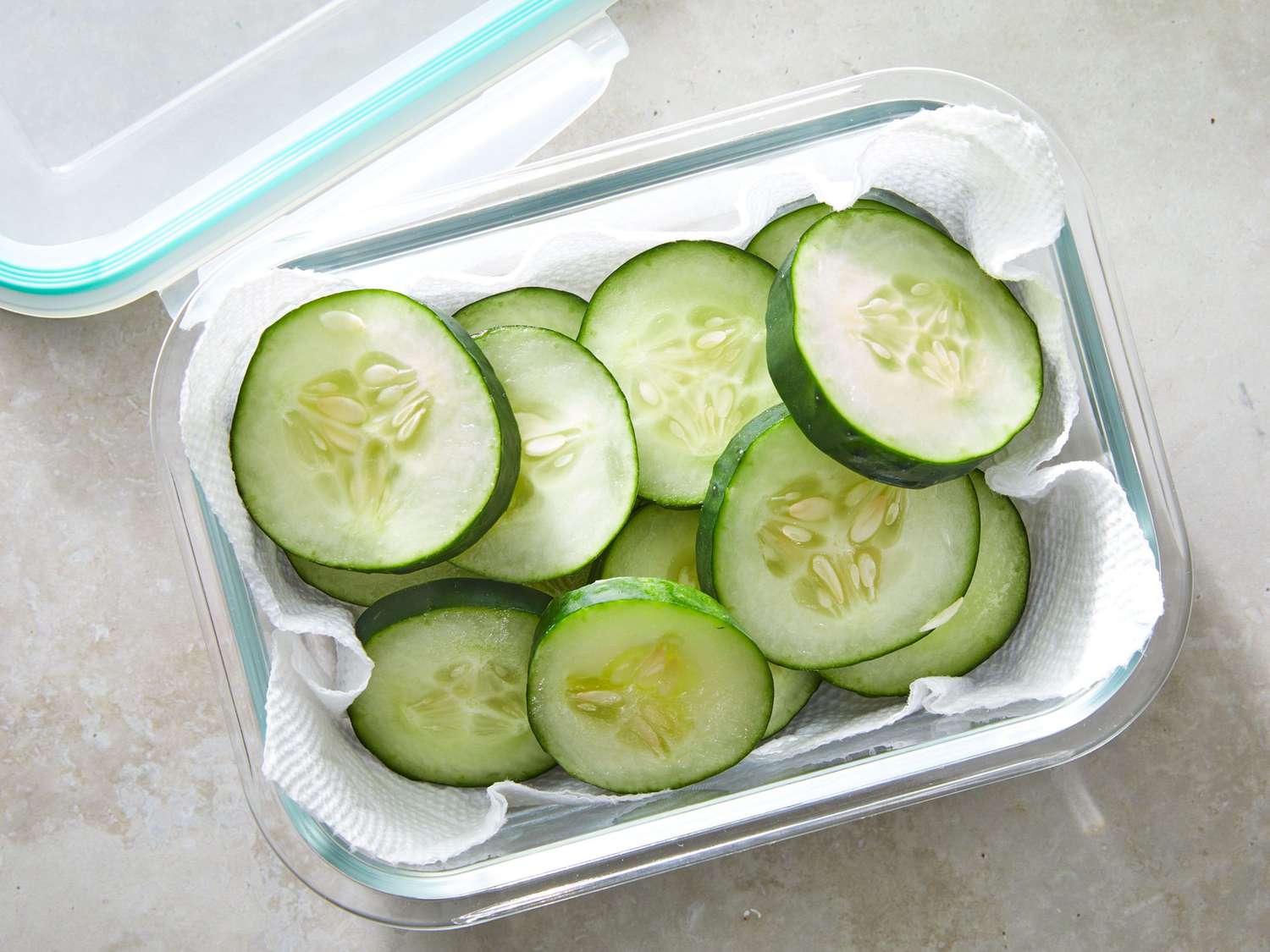
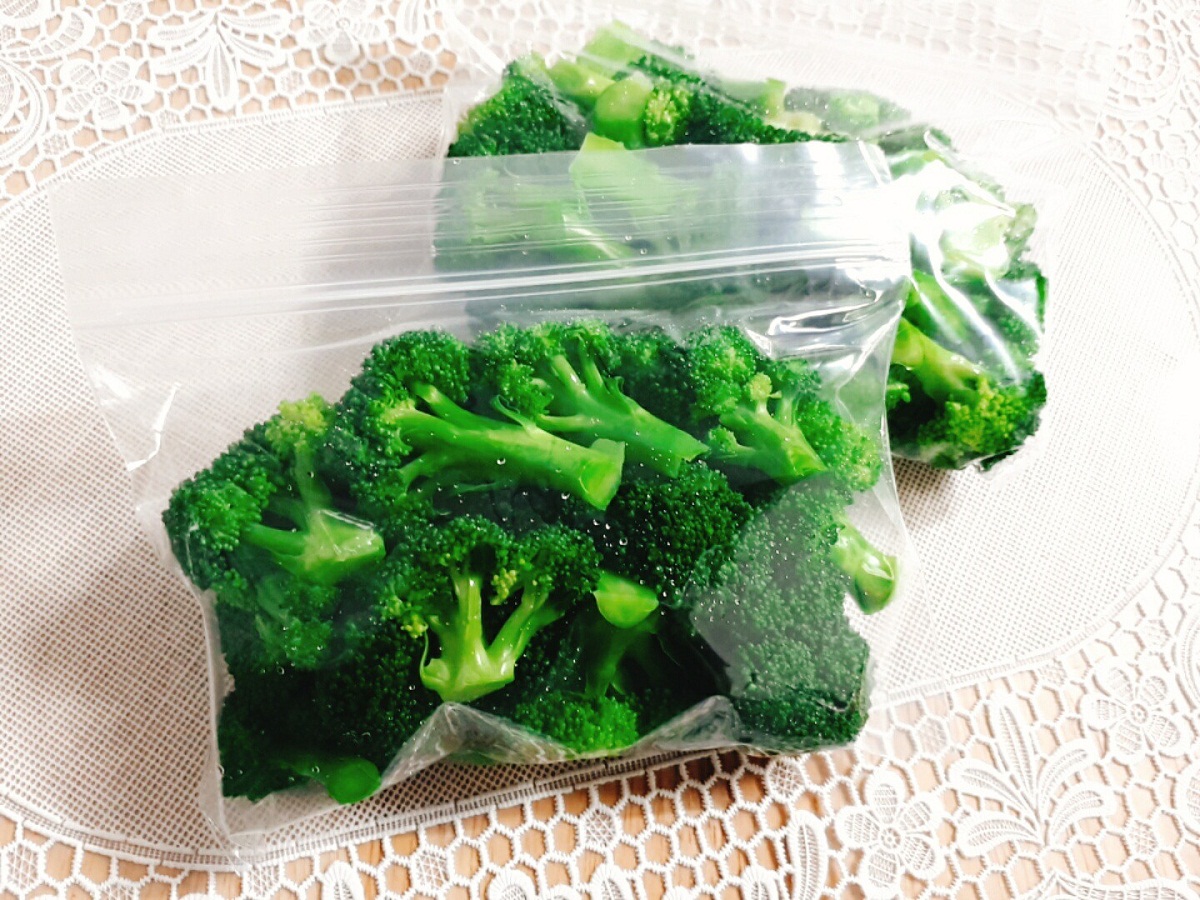
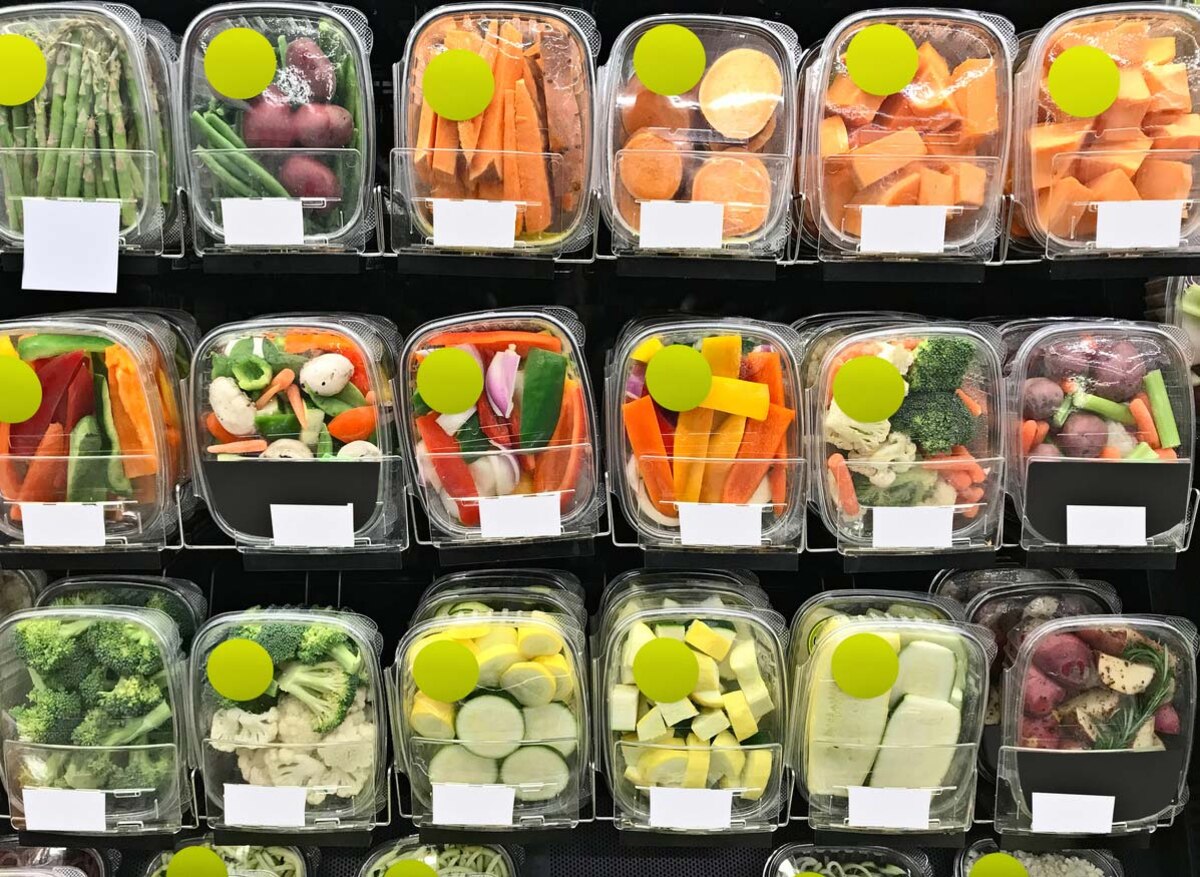
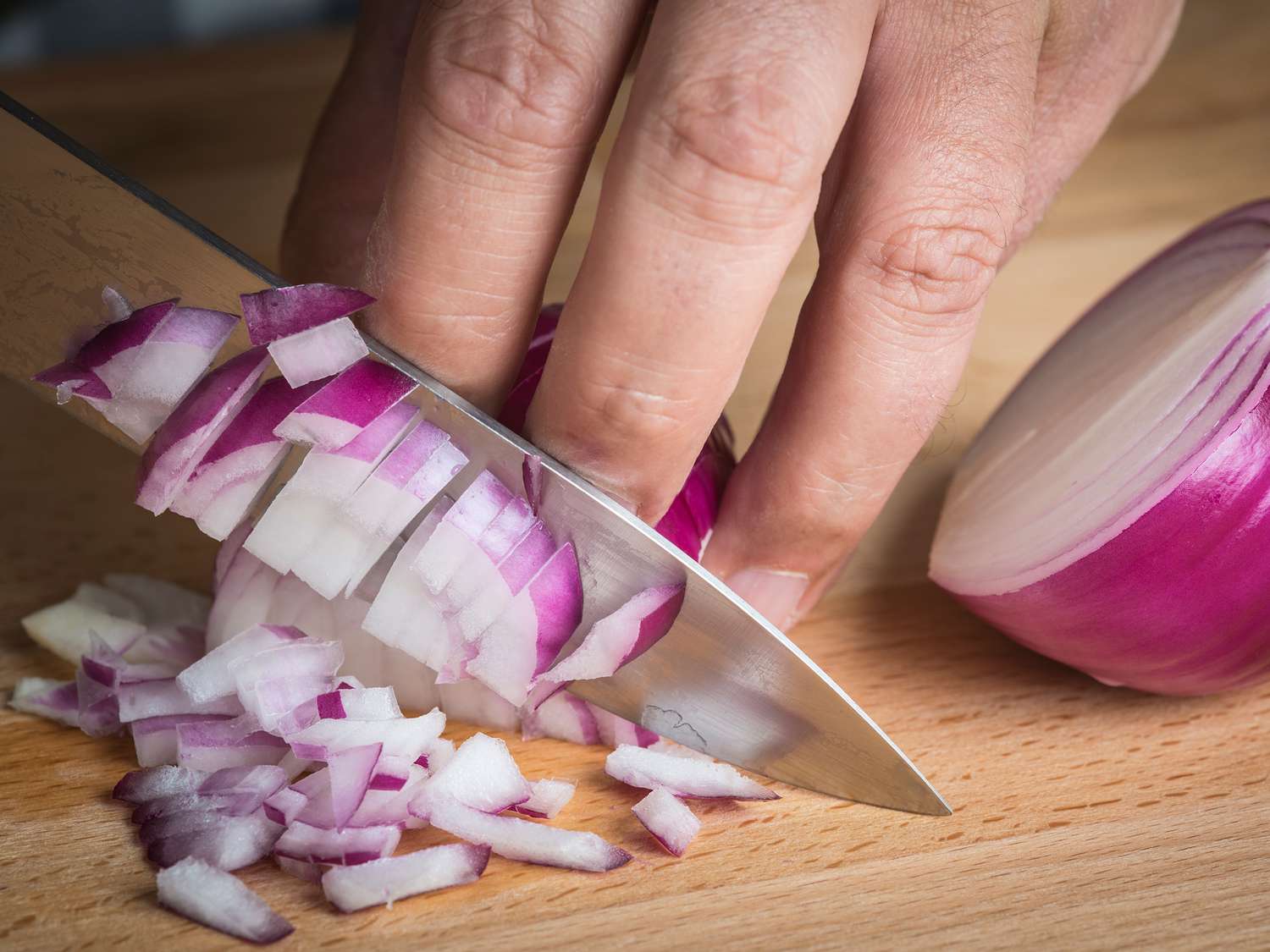
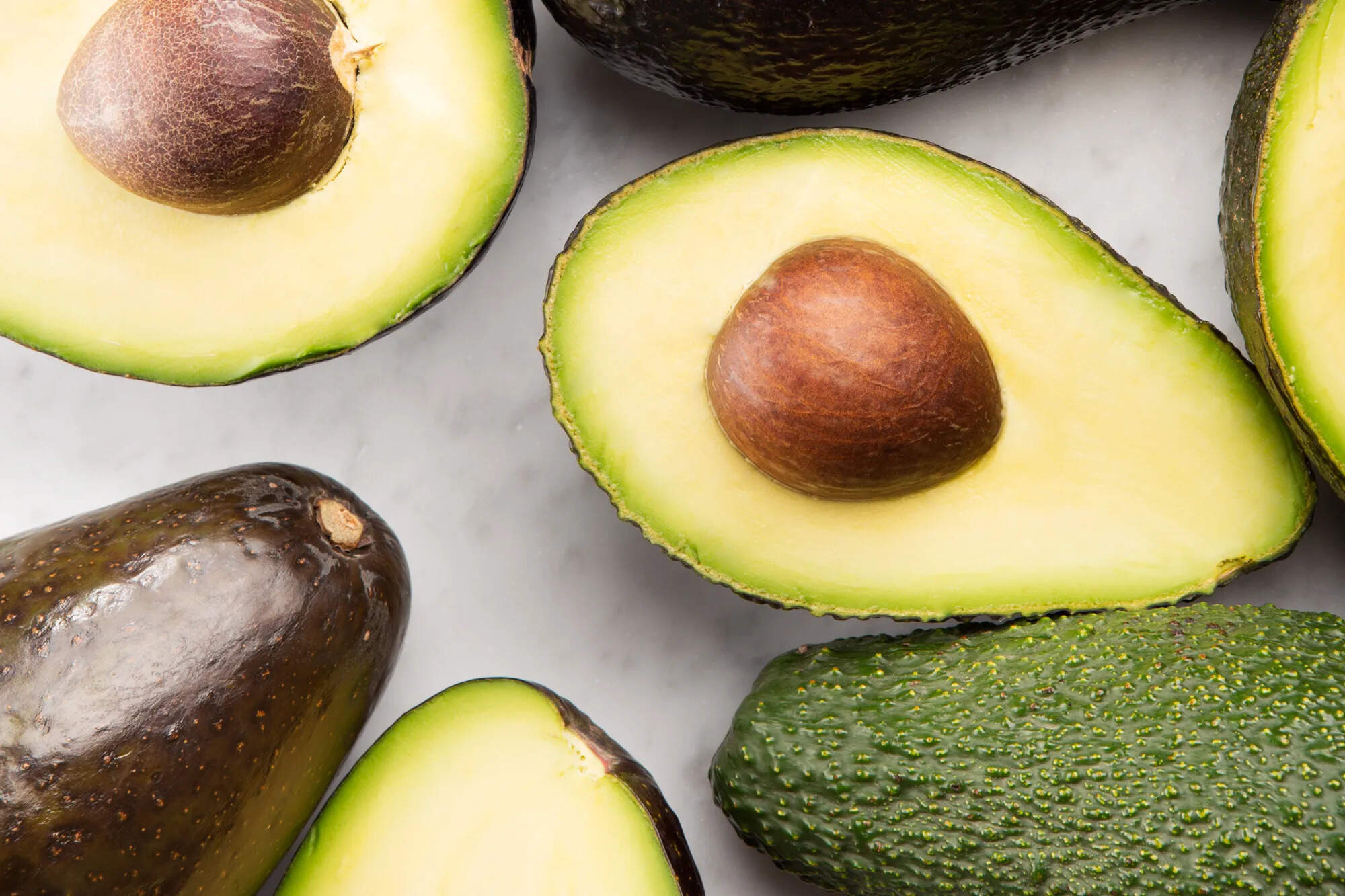
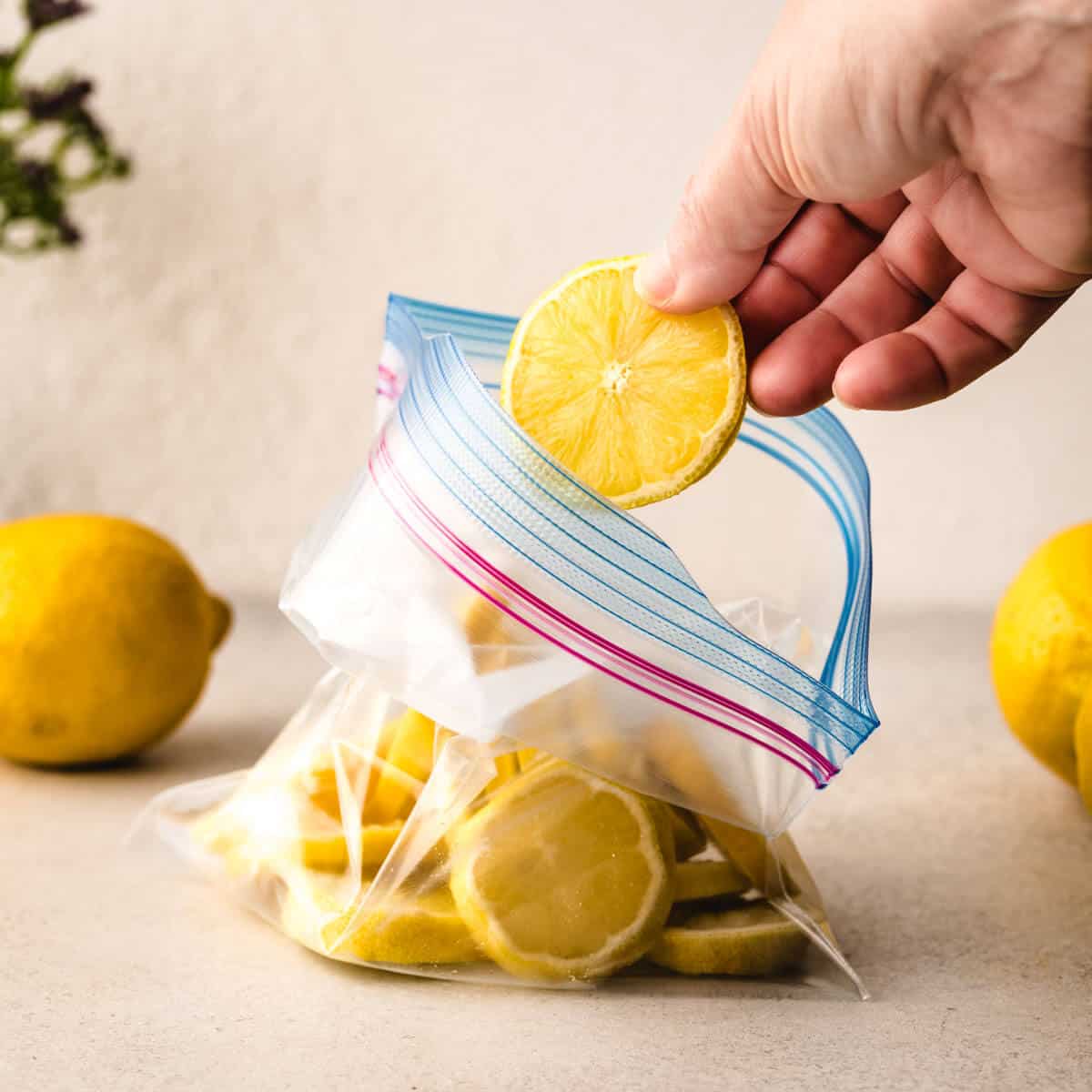
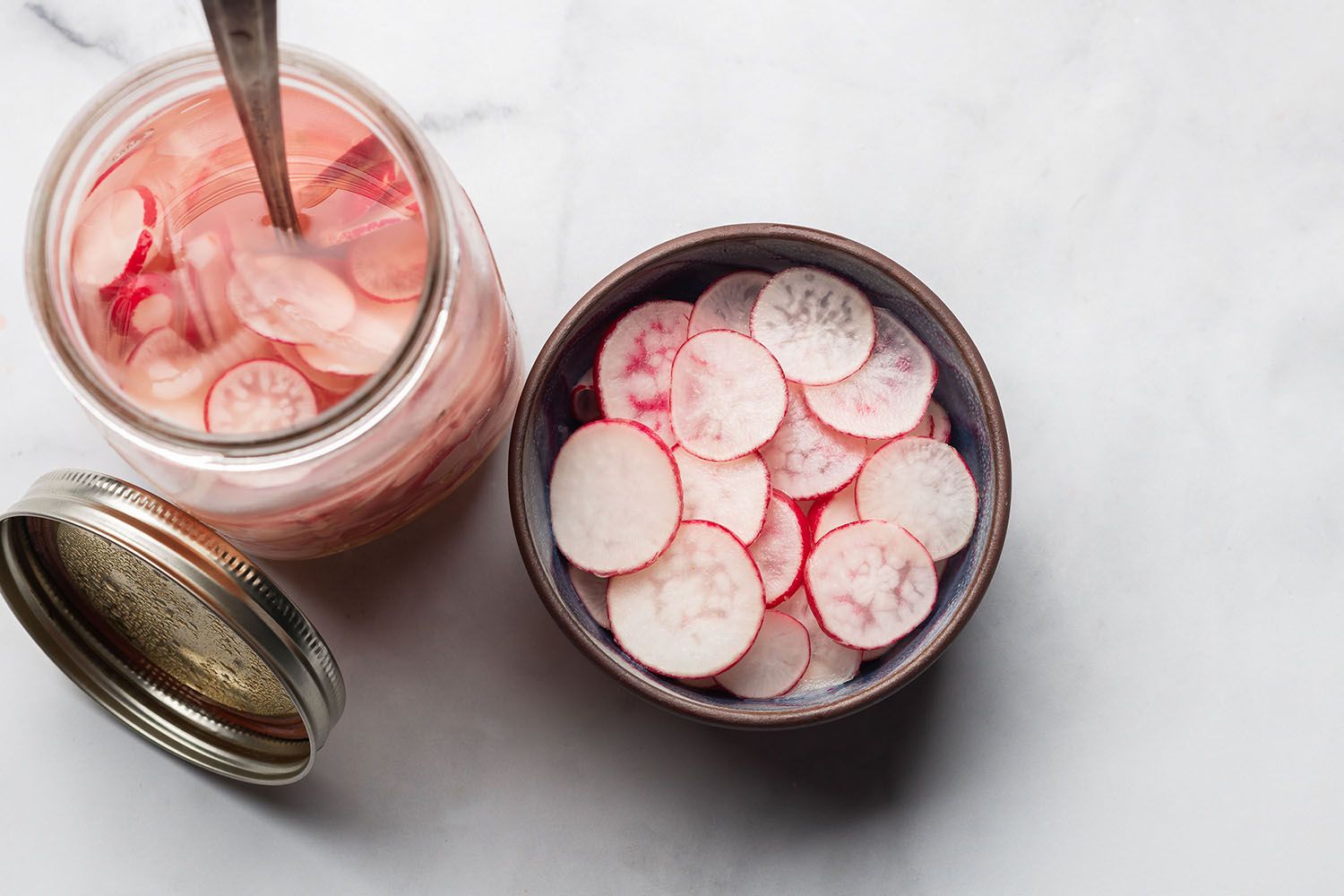
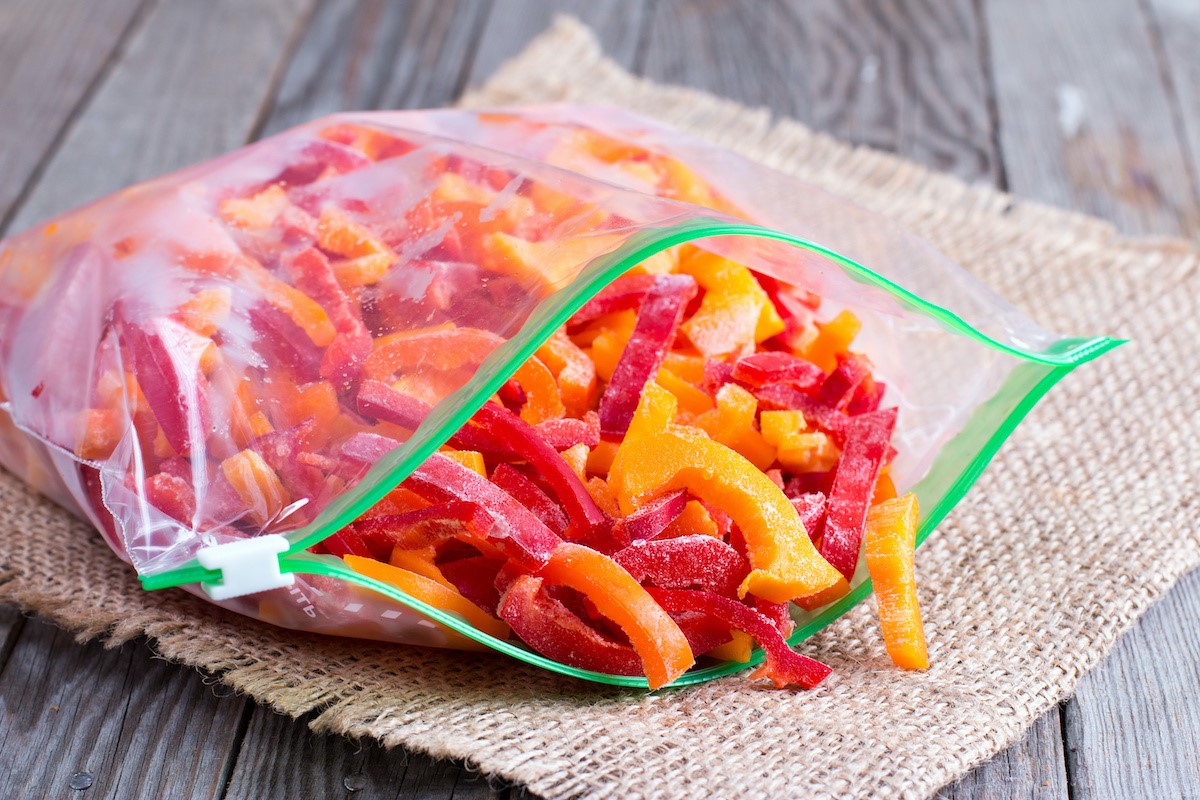
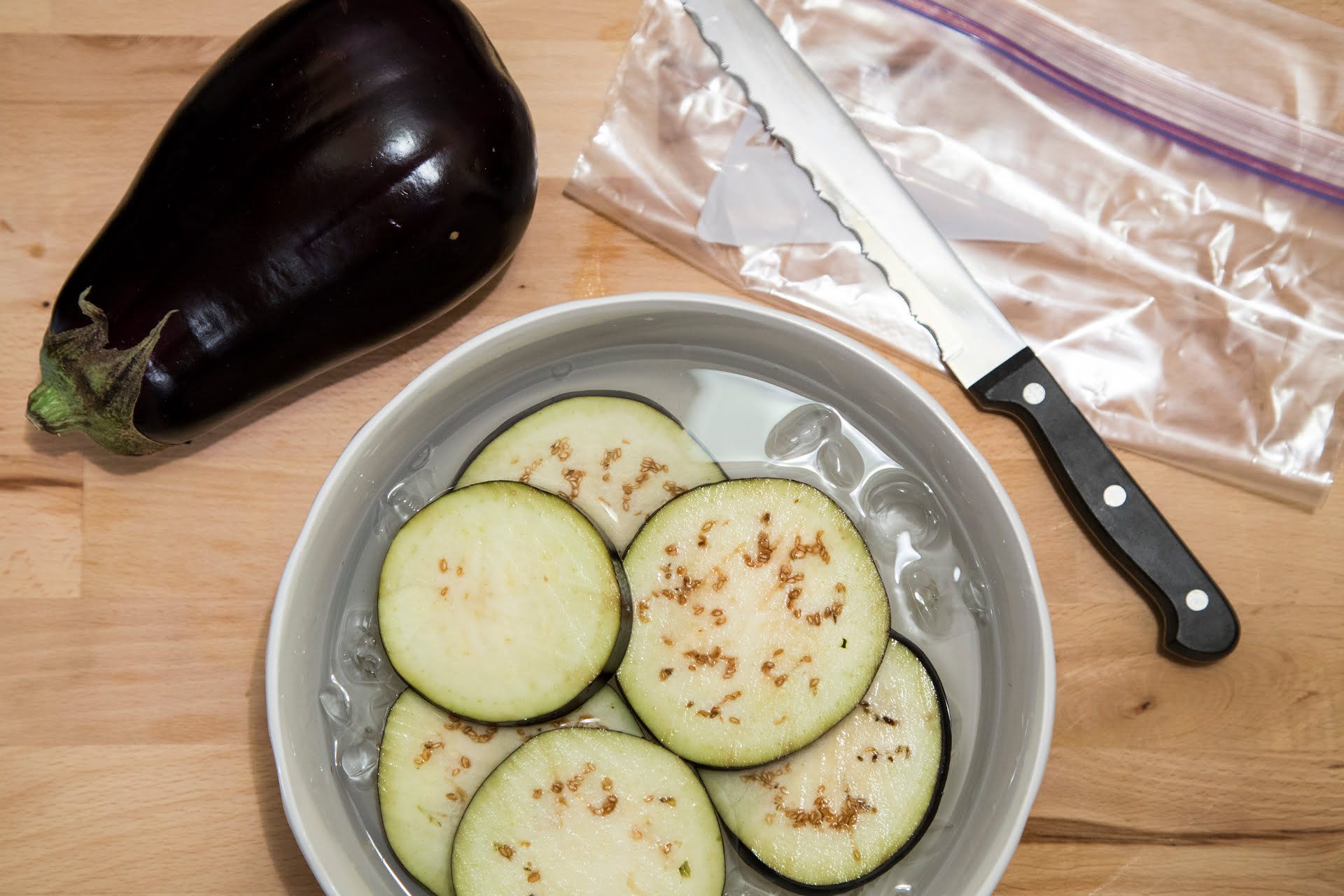

0 thoughts on “How To Store Cut Cantaloupe In Fridge”